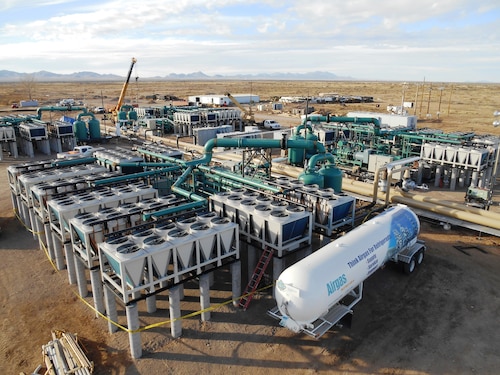The Air Force Materiel Command released an updated Energy Assurance Campaign Plan, providing a foundation for collaboration, cooperation and innovation in all energy-related fields across the organization.
"Energy and water are essential mission resources we depend on every day," said Gen. Duke Z. Richardson, AFMC commander, in the foreword. "Events of recent years demonstrate an upward trend in environmental, physical and cyber threats to our nation's supply systems … we need to ensure installation energy systems can provide a mission-appropriate level of energy assurance."
The EACP consists of five lines of effort in support of operationally agile and mission-protective energy systems. The LOEs are:
- Optimized Systems and Processes
- Cyber-resilient Control Systems
- Mission Matched Capabilities
- Reliable and Managed Infrastructure
- System Performance Assurance
The LOEs align to five components of resilience, which are identified as robustness, redundancy, resourcefulness, response and recovery. The campaign plan adopts Department of the Air Force standards and metrics, sets unity in approach, organizes response and heightens awareness that without a sustained investment in vital energy resources and infrastructure, missions are increasingly at risk.
"Energy assurance is mission assurance," said Capt. Timothy DeJong, Air Force Installation and Mission Support Center, Detachment 6 operations program manager. "Energy plays a vital role in everything that we do, and managing the energy portfolio appropriately, in alignment with DAF guidance, is of the utmost importance."
To read the full AFMC Energy Assurance Campaign Plan, click here.
To learn more about DAF Energy, click here.







